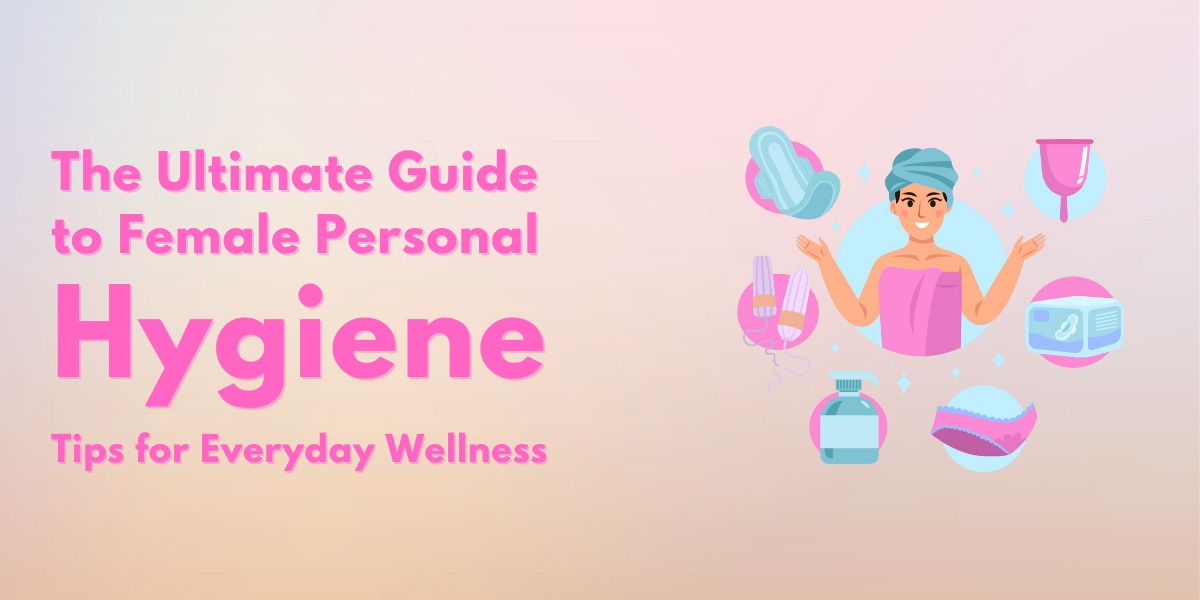Explore a ultimate guide to women’s health and wellness, covering key topics like reproductive health, fitness, mental well-being, and disease prevention. Learn actionable tips for every stage of life.
Introduction to Women’s Health
Women’s health is a multifaceted topic that encompasses physical, mental, and emotional well-being. It evolves throughout a woman’s life, from adolescence to menopause and beyond. Importantly, understanding the unique health challenges women face is essential for maintaining wellness and preventing diseases. This comprehensive guide offers insights into key aspects of women’s health, including reproductive care, fitness, nutrition, mental health, and preventive strategies.
The Importance of Women-Centered Healthcare
To begin with, women-centered healthcare focuses on addressing the specific needs of women at different stages of life. For instance, reproductive health services, menopause management, and breast cancer screenings are vital components. Governments and organizations worldwide are now prioritizing women’s health through initiatives like the Women’s Health Action Plan 2024-2025, which aims to expand access to specialized care.

Key Areas of Women’s Health
1. Reproductive Health
Reproductive health is a cornerstone of women’s well-being. It includes family planning, fertility treatments, pregnancy care, and menopause management.
- Family Planning and Contraception: Access to free contraception has empowered many women to take control of their reproductive health. Programs like the Free Contraception Scheme for women aged 17-35 have removed financial barriers to care.
- Fertility Treatments: Advances in assisted reproductive technologies (ART) have made parenthood possible for many couples. For example, public Assisted Human Reproduction Treatment Centers are being developed to make fertility care more accessible.
- Menopause Management: Specialized menopause clinics offer treatments for symptoms such as hot flashes, mood swings, and bone density loss. Hormone Replacement Therapy (HRT) has also become more affordable through government subsidies.
2. Breast and Gynecological Health
Notably, regular screenings for breast cancer and cervical cancer can save lives by detecting issues early.
- Breast Cancer Screenings: Women should perform monthly self-exams and schedule mammograms as recommended by their healthcare provider. Dense breast tissue or lumps should be reported immediately.
- Cervical Cancer Prevention: Pap smears and HPV vaccines are critical tools in preventing cervical cancer.
3. Mental Health
Mental well-being is an integral part of overall health. Women are more likely than men to experience conditions like anxiety, depression, and postpartum mood disorders.
- Postpartum Depression: New mothers should seek support if they experience prolonged sadness or difficulty bonding with their baby.
- Stress Management: Techniques like mindfulness meditation, yoga, or therapy can help manage stress levels effectively.
4. Cardiovascular Health
Heart disease is the leading cause of death among women globally. However, it is often underdiagnosed because symptoms can differ from those in men.
- Preventive Measures: Regular exercise, a balanced diet low in saturated fats, and avoiding smoking are essential steps in reducing heart disease risk.
- Recognizing Symptoms: Symptoms like shortness of breath or jaw pain should not be ignored as they may indicate heart issues.
Nutrition for Women’s Health
A balanced diet plays a crucial role in maintaining energy levels, hormonal balance, and overall health.
- Daily Essentials: Women should consume lean proteins (e.g., fish or beans), whole grains, healthy fats (e.g., nuts or olive oil), and at least five servings of fruits and vegetables daily.
- Calcium and Vitamin D: These nutrients are vital for bone health, especially during menopause when the risk of osteoporosis increases.
- Iron-Rich Foods: Iron is essential for combating anemia during menstruation or pregnancy.
Fitness: Staying Active at Every Age
Physical activity supports cardiovascular health, strengthens bones, boosts mood, and improves sleep quality.
- Daily Exercise: Aim for at least 30 minutes of moderate exercise daily. Activities like walking, swimming, or yoga are excellent choices.
- Strength Training: Incorporating weight-bearing exercises helps maintain muscle mass and bone density as women age.
- Pelvic Floor Exercises: Kegel exercises strengthen pelvic muscles and prevent issues like urinary incontinence.

Preventive Care: Screenings and Vaccinations
Preventive healthcare is the foundation of long-term wellness.
- Health Screenings by Age:
- In your 20s: Pap smears every three years.
- In your 40s: Mammograms every one to two years.
- In your 50s: Colon cancer screenings begin.
- Vaccinations: Stay up to date on vaccines like HPV (to prevent cervical cancer) and flu shots.
Moreover, regular dental checkups and skin exams are equally important for overall health.
Addressing Common Concerns Across Life Stages
Adolescence: Building Healthy Habits Early
During adolescence, young women should focus on menstrual health education and building healthy habits like balanced eating and regular exercise. Vaccines like HPV are critical during this stage.
Midlife: Managing Hormonal Changes
Midlife often brings hormonal shifts associated with perimenopause or menopause. Specialized care from gynecologists or endocrinologists can ease this transition.
Later Life: Aging Gracefully
In later years, maintaining mobility through exercise and preventing chronic diseases like osteoporosis becomes a priority. Regular bone density tests can help monitor bone health.
Emerging Trends in Women’s Health
Furthermore, advancements in technology are transforming how women manage their health:
- Telemedicine Services: Virtual consultations provide convenient access to specialists.
- Wearable Devices: Fitness trackers monitor activity levels while some devices track fertility cycles.
- Personalized Medicine: Genetic testing helps tailor treatments based on individual DNA profiles.
Government Initiatives Supporting Women’s Health
Governments worldwide are recognizing the importance of investing in women’s healthcare:
- The UK’s Women’s Health Strategy aims to improve access to HRT while addressing workplace support for reproductive issues.
- Ireland’s Women’s Health Action Plan focuses on expanding free contraception schemes and creating new public fertility centers.
These initiatives highlight the growing emphasis on gender-specific healthcare policies.
Mental Well-being: Breaking the Stigma
Mental health remains a critical yet often overlooked aspect of women’s wellness:
- Breaking Barriers: Campaigns encouraging open discussions about mental illness can reduce stigma.
- Workplace Support: Employers offering mental health resources create healthier environments for working women.
Conclusion: Empowering Women Through Knowledge
Women’s health is a lifelong journey that requires attention to physical fitness, nutrition, mental well-being, preventive care, and specialized medical services. By staying informed about emerging trends and leveraging government-supported programs, women can take charge of their wellness at every stage of life.
Ultimately, prioritizing self-care empowers women to lead healthier lives while inspiring future generations to do the same.
Additional Strategies for Women’s Health
Integrative Therapies
Moreover, integrative therapies such as acupuncture and herbal supplements may offer additional relief for some women. Notably, while these therapies are not a replacement for conventional treatments, they can complement traditional methods when used under professional guidance.
Educational Resources
Furthermore, accessing educational resources is crucial for staying informed about women’s health. Websites from reputable health organizations and women’s health support groups can provide valuable information and support. In addition, attending workshops or seminars on women’s health can offer practical tips and insights from experts.

Community Engagement
Importantly, engaging in the community can provide emotional support and practical advice. Joining local women’s health support groups or participating in online forums can connect women with others who share similar experiences. Moreover, this sense of community can enhance overall well-being and provide a network of support during challenging times.
Conclusion
In conclusion, managing women’s health requires a comprehensive approach that includes understanding the condition, implementing healthy lifestyle choices, and accessing specialized care. By staying informed and proactive, women can effectively manage their health and lead healthier, more fulfilling lives.

